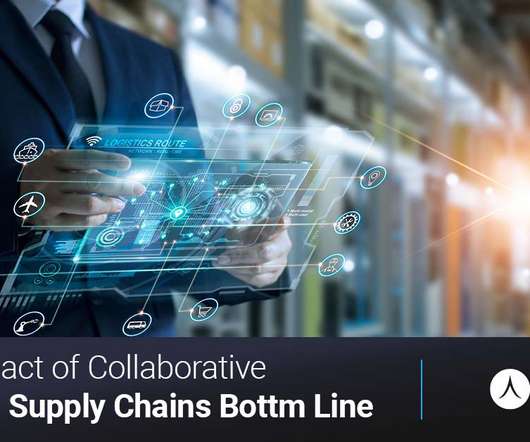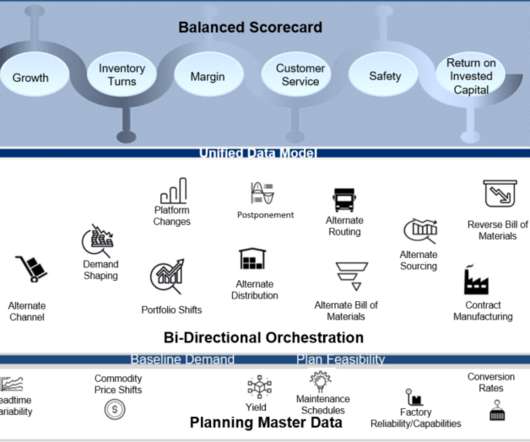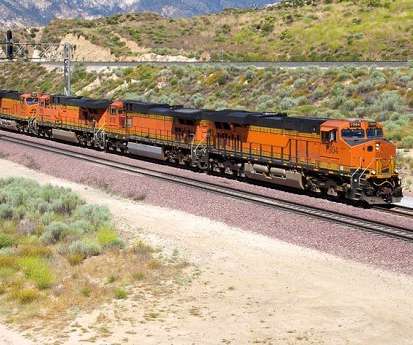The Impact of Collaborative TMS on Supply Chains Bottom Line
Turvo
MARCH 1, 2022
Because of rising global competition and shrinking profit margins, most multinational companies operate through a worldwide sourcing and a global supply chain (GSC) to maintain market share and increase profitability. Collaborative TMS provides an excellent ROI that can be realized quickly, positively impacting the bottom line.

















Let's personalize your content